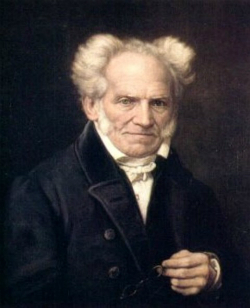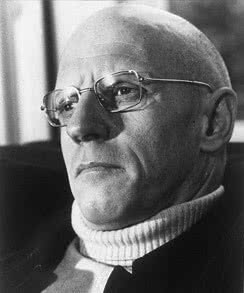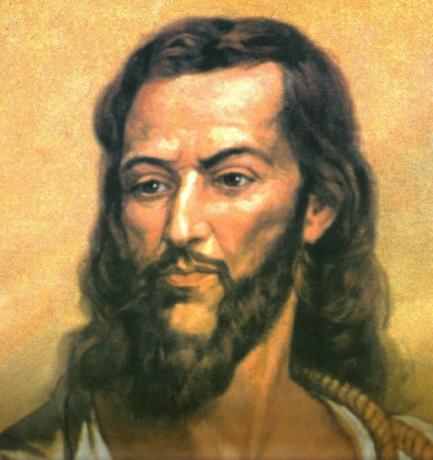Candido Portinari he was an important Brazilian artist of the modernist phase.
Recognized worldwide, he has received numerous awards and participated in numerous exhibitions.
In addition to painting, Portinari also dedicated himself to illustration, printmaking and teaching, being a professor of plastic arts.
Portinari Biography
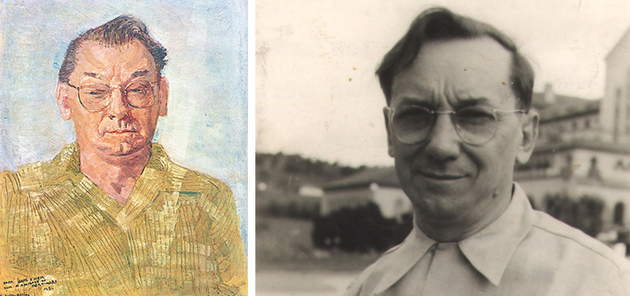
Candido Torquato Portinari was born on December 30, 1903 on a coffee farm in the city of Brodowski, in the interior of São Paulo.
The son of Italians, Portinari came from a humble family and was the second child of twelve brothers.
Even though he only graduated from primary school, he was part of the Brazilian intellectual elite of the 1930s.
Portinari left São Paulo at the age of 15 and took up residence in Rio de Janeiro, where he enrolled at the "National School of Fine Arts". At 20, Candido is already recognized by national critics.
However, it was in 1928, when he won the "Travel Abroad Award" at the General Exhibition of Fine Arts, that Portinari won the world.
He lived in Paris and other European cities, where he met artists such as Van Dongen and Othon Friesz, as well as Maria Martinelli, a Uruguayan woman he married and lived all his life.
He returned to Brazil in 1931 and at that time began to value colors more in his work, abandoning the concepts of volume and three-dimensionality.
In 1935, Candido Portinari received an "Honorable Mention" at the Exhibition Carnegie Institute International of Pittsburgh, United States. This event once opened the doors for the painter in that and in other countries.
After that, he produced three large panels for the Brazilian pavilion at the "World's Fair in New York" in 1939.
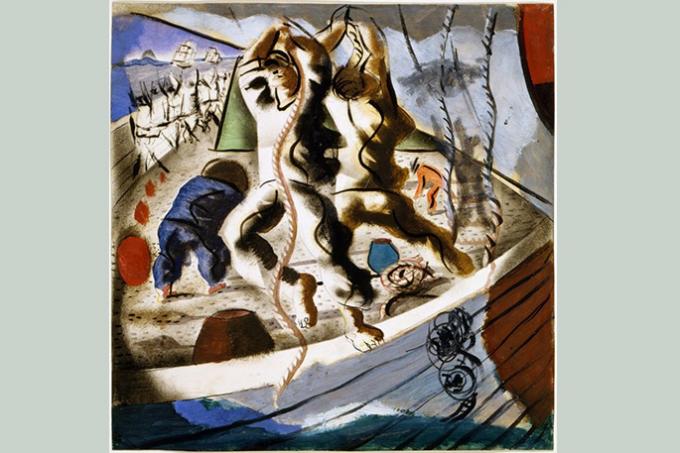
However, it will be in the 1940s that this recognition process will be consolidated. The painter participates in the "Latin American Art Show" at the Riverside Museum, in New York.
In addition, he distinguished himself with his solo exhibition at the Detroit Institute of Arts and at the Museum of Modern Art in New York. All of this alongside other great artists recognized worldwide.
At that moment, Candido Portinari will have the first book dedicated to his person, the work Portinari, His Life and Art, from the University of Chicago.
In 1941, the artist produced the murals at the Hispanic Foundation of the Library of Congress in Washington, always highlighting the Latin American theme.
Later, the painter is invited by Oscar Niemeyer, in 1944, to contribute with his works to the architectural complex of Pampulha, in Belo Horizonte (MG).
In this project, sacred compositions stood out San Francisco and Via Crucis in the Church of Pampulha.
Portinari's first exhibition in Europe will be in 1946, when the painter returns to Paris and exhibits at the renowned Galerie Charpentier the following year, 1947.
His works will take place in the salon Peuser, in Buenos Aires, as well as in the halls of the National Commission of Fine Arts, in Montevideo.
The stay in Latin America extends when Portinari goes into exile in Uruguay, for political reasons, in 1948.
He was active in the party-political movement and affiliated with the "Brazilian Communist Party". He ran for Congress in 1945 and for Senator in 1947, losing both elections.
In 1950, he received the gold medal of the "International Peace Prize" and, in 1951, he was highlighted at the 1st Bienal de São Paulo.
The 1950s marked Cândido's life. This is because health problems arise caused by lead poisoning present in the paints that the painter used in his works.
It is also at this time that he makes the famous murals War and peace (1953-1956) to the UN headquarters in New York.
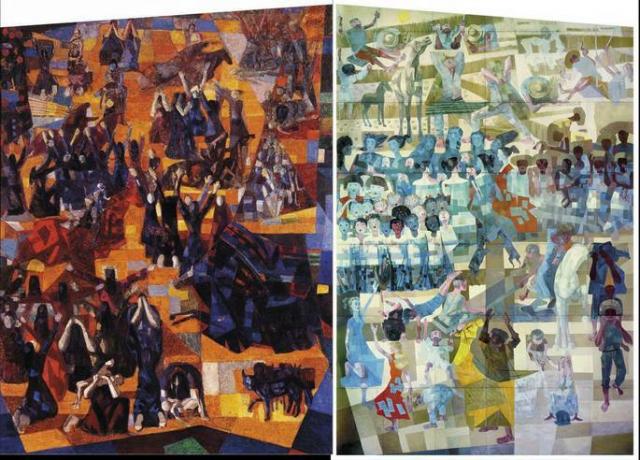
Later, also in New York, in 1955, Portinari was honored with the gold medal of the International Fine-Arts Council in the best painter of the year category.
It is important to note that Portinari was the only Brazilian artist invited to the exhibition 50 Anos de Arte Moderna, at Palais des Beaux Arts, in Brussels, in 1958.
Finally, in mid-1962, Portinari accepted an order from the city of Barcelona, however, his paint poisoning level becomes fatal and he dies this year on February 6, at 58 years old.
Portinari House Museum
The house where he lived in Brodowski, in the interior of São Paulo, became Portinari House Museum in 1970.
The place brings together several works, furniture and personal objects of the artist. Currently, several educational and cultural activities are developed there.
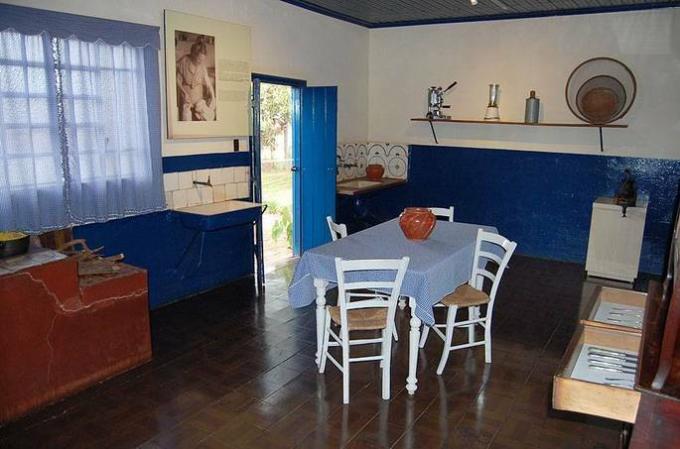
Characteristics of Portinari's artistic production
Portinari almost painted five thousand works and achieved national and international prestige hardly equaled in Brazil.
His production mainly portrays social issues. Some strands of art such as realism, cubism, surrealism and Mexican muralism served as inspiration for the artist.
He became renowned for exploring Brazilian themes that include the struggle of the working classes in plantations, favelas and cities.
In addition, he produced works related to childhood memories in his native land.
To find out about related topics, read:
- Modern Art
- Cubism
- Surrealism
- Muralism
- Expressionism
- realism in art
Works by Portinari
The artist's production is extensive, however, we can highlight some important works. Check out.
Serenade (1925)
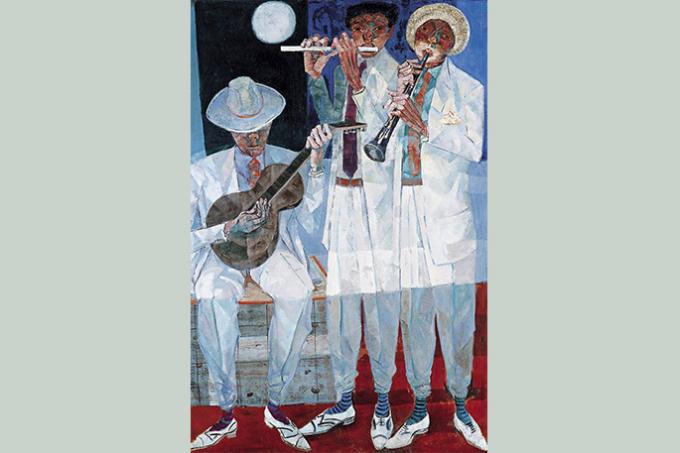
Mestizo (1934)
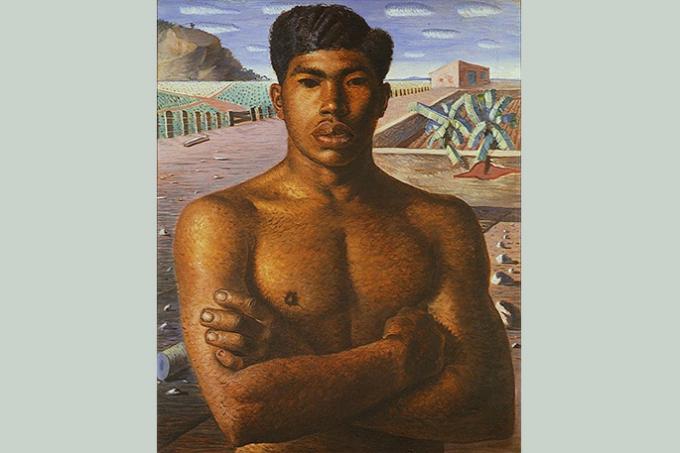
Coffee (1935)

The Coffee Farmer (1939)

Crying (1942)
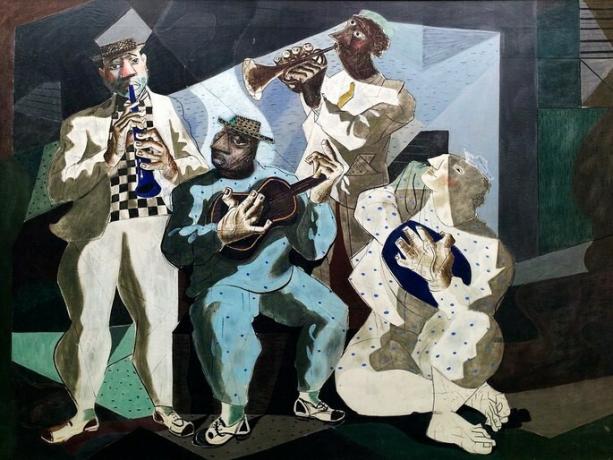
Recipients (1944)

Dead Child (1944)
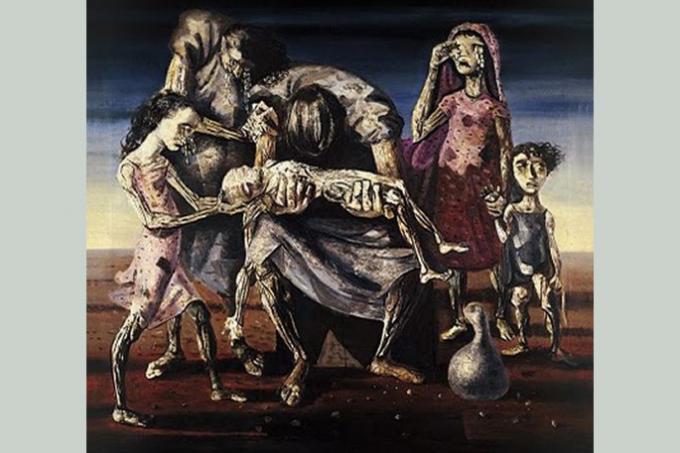
Frevo (1956)
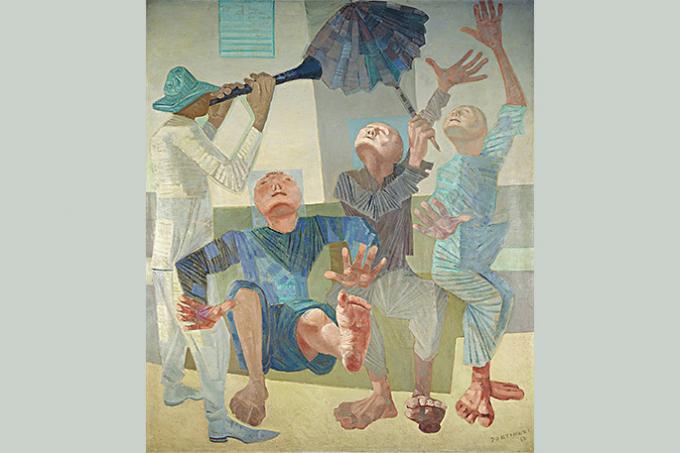
To learn more about some of the works shown here, read: Portinari works you need to know.
If you want a text about this artist with a focus on early childhood education, read: Portinari - Kids.

